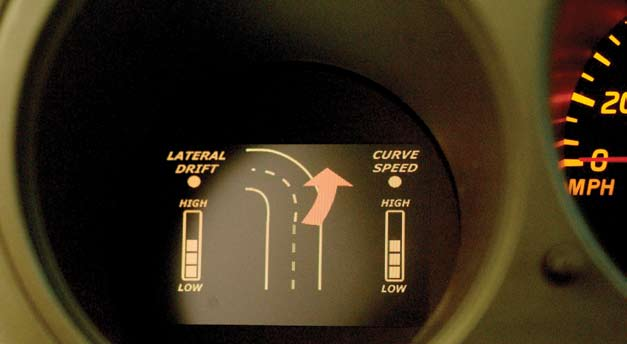The radar devices that guide airplanes and ships can also help cars navigate intelligently, says James Hwang, but they must first be made compact.
The best way to go small, says Hwang, is to switch from the microwave (wavelengths longer than 1 cm) radar used on ships and planes to millimeterwave (mmW) radar, whose wavelengths are shorter than 1 cm. The mmW radar, an expensive technology, is used mostly in military applications.
Hwang, director of Lehigh’s Compound Semiconductor Technology Laboratory, and Steven Peng, a Ph.D. candidate in electrical engineering, have mitigated a stiction problem that could lead to the inexpensive application of mmW and the expanded use of radar in smart vehicles.
Because of high operating speed, says Hwang, mmW devices are typically powered by compound semiconductors. But the recent downsizing of silicon chips gives them the speed needed to support millimeter-wave operation, and the short wavelength allows engineers to build an antenna on each chip. Hundreds of chips are required to provide devices with the necessary power, and this is best done by fabricating the chips on a wafer and combining, in free space, the individual millimeter-wave beams generated by each chip.
“In essence,” says Hwang, “you have to build many miniature radar stations and combine them in free space. It is an expensive undertaking unless it is done on a silicon wafer using standard CMOS fabrication technology.”
IBM is pursuing wafer-scale integration of MEMS and CMOS technologies by combining hundreds or thousands of silicon chips on an 8- to 12-inch wafer. A major obstacle to this endeavor is a dielectric charging problem that Peng has reduced, says Hwang, by using a superior dielectric material.
Hwang and Peng are proposing to use MEMS technology to core out the silicon underneath the antenna, thus suspending the antenna in air and reducing loss. They also propose using MEMS technology to build other passive components, such as switches, inductors, tuners and waveguides, with low loss.
“Steven did not completely eliminate the problem of dielectric charging,” says Hwang, “but his discovery will help make mmW orders of magnitude cheaper, and much more prevalent, than it is today.”

